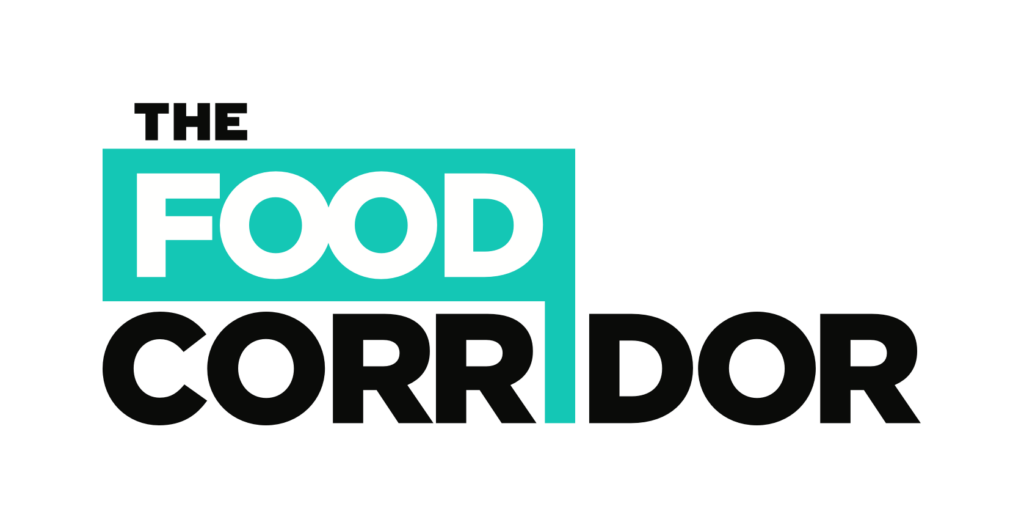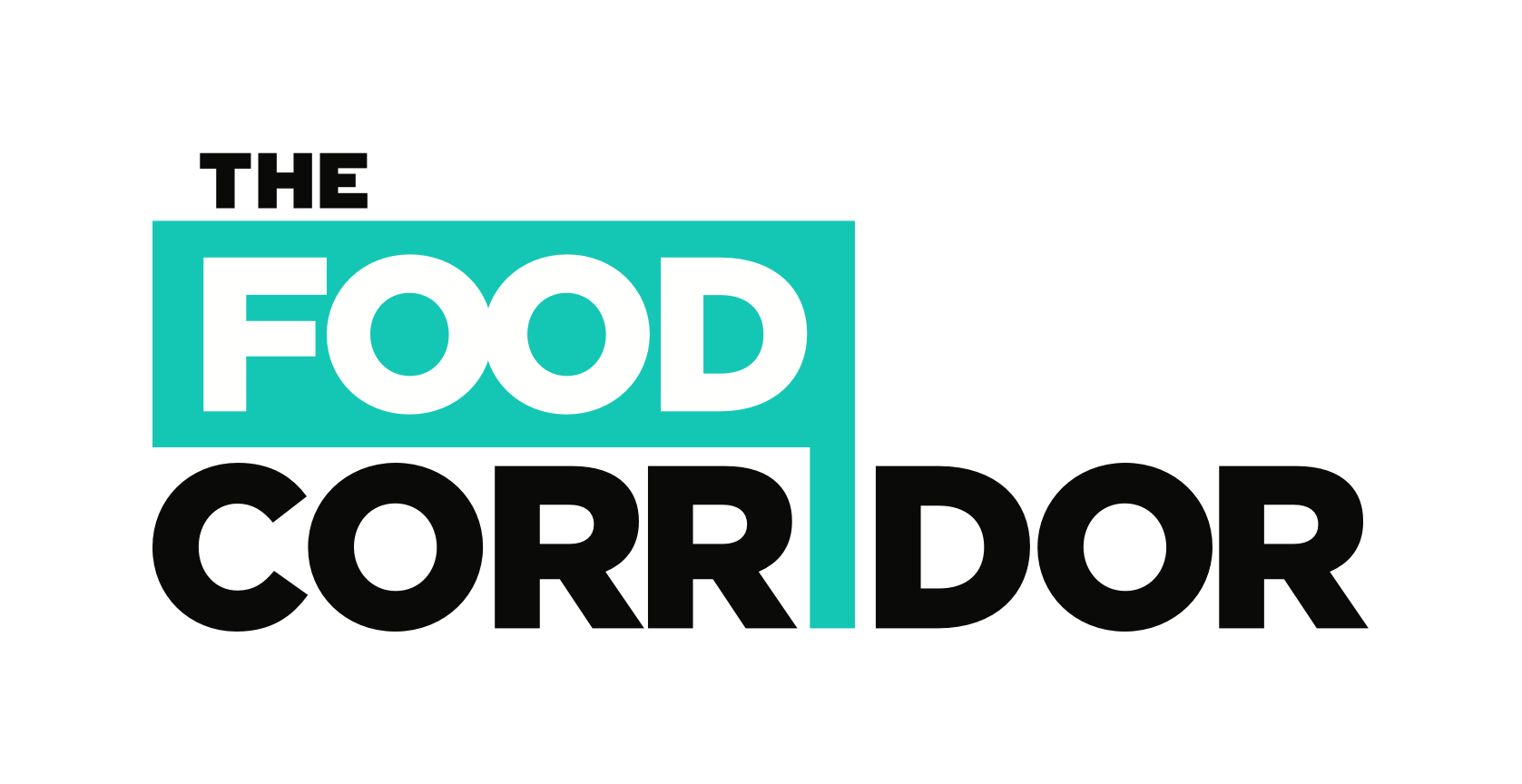Changing the way you’ve always done things in your kitchen can sometimes be met by food businesses dragging their feet, because they’re used to a certain process. But fear not, kitchen hero. For kitchens new to The Food Corridor, onboarding your clients to a new system doesn’t have to be a battle.
Below are 10 lessons learned for onboarding current clients, gleaned directly from kitchen managers themselves who have executed this same transition.
- Send frequent email reminders to clients about the upcoming transition to The Food Corridor, so they can prepare for the change before it takes place.
- Take advantage of The Food Corridor’s assistance with bulk uploading your client accounts using the Client Onboarding Spreadsheet. This is extremely helpful and will save you so much time.
- Meet with clients individually to walk them through their account and how to use The Food Corridor. Ask them to bring their preferred payment method with them, so they can add it to their account then and there. Have their username, password, and the log-in url ready for them.
- If individual meetings just aren’t feasible, hold a few group orientation meetings and have clients bring their laptops with them.
- During an orientation, walk clients through logging in, making their first booking, cancelling a booking, and auto-pay. Note any new policies, such as a cancellation policy. Orientation meetings are a time investment, but one that pays off greatly.
- For a client that just can’t make an orientation, set a due date for them to setup their payment method and request their first booking. Stick with the due date you set, so they know you are serious – if they miss it, you may consider charging them a fee.
- Use The Food Corridor’s Client Onboarding Spreadsheet tool to track your clients’ progress for additional onboarding steps, such as their orientation meetings and schedules, to help you stay organized.
- Manually approve your clients’ bookings during the first month, just to make sure they get the hang of it.
- Do a diligent camera review the first few months, to let clients know that you’re serious about their time booked matching their time used in the kitchen. If they stay over by 30 minutes, and they don’t create another booking or let you know, charge them a fee that is double your hourly rate.
- Above all, show your own excitement about the change.
“I think meeting in person was the most helpful. It took a lot of time to do but it was a great opportunity to meet with each company. We demoed the software but we also caught up on how everything was going in the kitchen and with their businesses.” – Robbie
“Just putting in the time is half the battle. I felt like people were more willing to embrace the change because of my obvious enthusiasm for the program, so having a good attitude about the change helps other people get on board as well.” – Melissa
Bonus tips for onboarding brand new clients
- Hold the orientation meeting on the same day as their final health permit inspection, and ask them to come in early or stay late. At the meeting, have them create their Food Corridor account and add their payment method, and walk them through the platform.
- Show The Food Corridor platform to your potential clients, even if you aren’t positive they’re going to become a client. That way when the food business gets their documents in order, they can simply sign-up up for their client account.
“I feel like this has helped me get some of those clients to come back when they’re ready. And showing them how they could sign-up on their own meant they didn’t have to wait for me.” – Sarah


